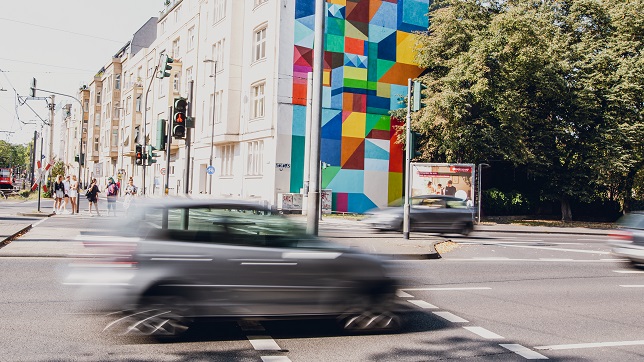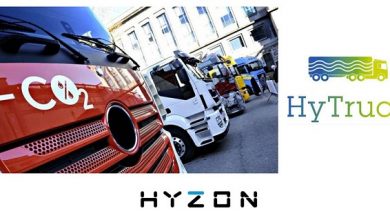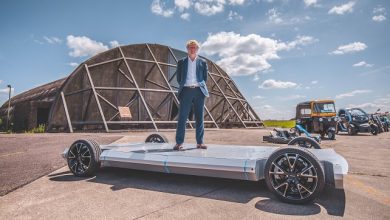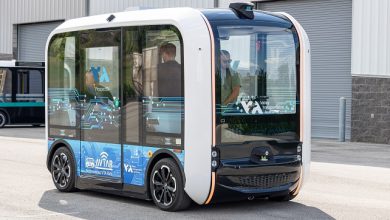Invers offers detailed driving analysis

Invers‘s new driving analysis provides operators with detailed insights into vehicle status and driving behaviour. Sensors within the CloudBoxx telematics systems provide real-time information on locations and movements. From these, trip events such as sudden acceleration, fast cornering or hard braking can be detected. Unauthorized vehicle movements and location changes, such as those caused by parking bumps, suspected thefts or towing, can also be identified. FleetControl, Invers’s fleet data management software, receives data directly from CloudBoxx, analyzes it, and reports on events when customizable thresholds are reached.
Driving analysis makes fleet operations more sustainable, safer and more efficient: based on detailed data, shared mobility providers can reward and thus promote an environmentally friendly and vehicle-friendly driving style. “Driving analysis gives fleet operators extensive insights on how their users handle the vehicles,” says Alexander Kirn, CEO of Invers. “This allows operators to offer bonuses to their drivers, for example, for anticipatory driving, gradual acceleration or braking adapted to the situation. This leads to safer driving, less accident damage and lower maintenance costs. In the long term, it also reduces maintenance and vehicle replacement costs.”
The data for the driving analysis comes directly from CloudBoxx, Invers’s telematics system. CloudBoxx’s standard features include all the necessary sensors to detect, measure, and provide data on accelerations and sudden movements as well as the vehicle’s location and speed in real-time. For example, if a driver frequently brakes hard while driving, sensors in the CloudBoxx register the negative accelerations, classify them, and report the “Hard Braking” event when defined thresholds are reached. These events are available in FleetControl, Invers’s fleet data management user interface, and via an API.
Acceleration sensors play a central role here. In addition to hard braking, they can also identify fast cornering and report accidents. Fast cornering includes, for example, drifting, driving a figure-eight too fast, or driving through a traffic circle too fast. The sensors recognize these events as lateral accelerations and register them accordingly. Speeding is determined by identifying the location by Global Navigation Satellite System (GNSS location) of the CloudBoxx and comparing the speed traveled at this specific location with the local speed limit. Once a threshold is exceeded, the trip analysis logs a speeding event. The sensors also detect collision events in real-time, enabling
operators to organize accident assistance, and later to identify events and driving behaviour in the history of the trip that could have contributed to the cause of the accident. In addition, the sensors identify events for parked vehicles such as parking bumps, towing, unauthorized movements like, or overturned two-wheeled vehicles.
The new driving analysis feature processes collected data in a DSGVO-compliant manner. It will be available from January 2022 onwards.




